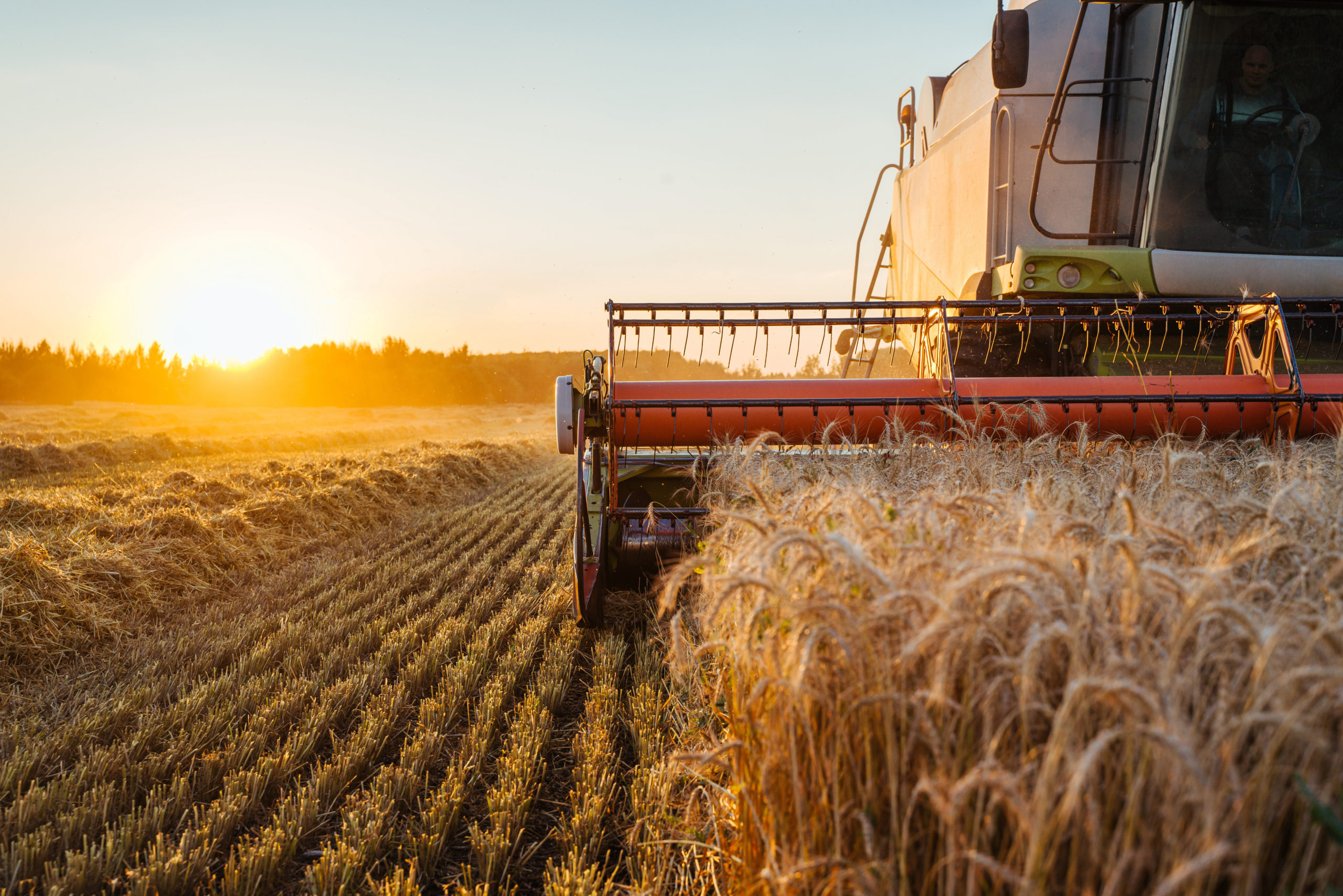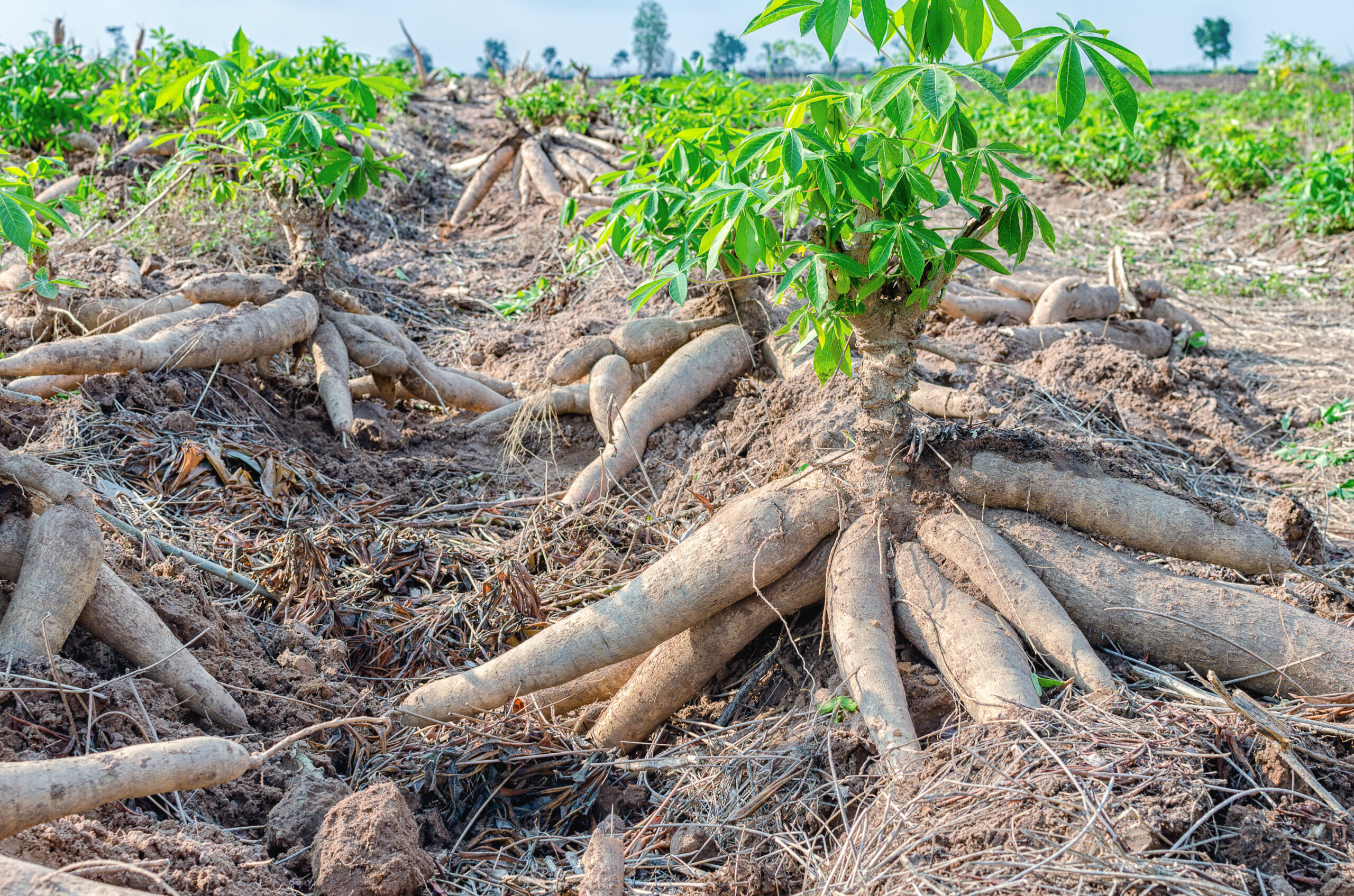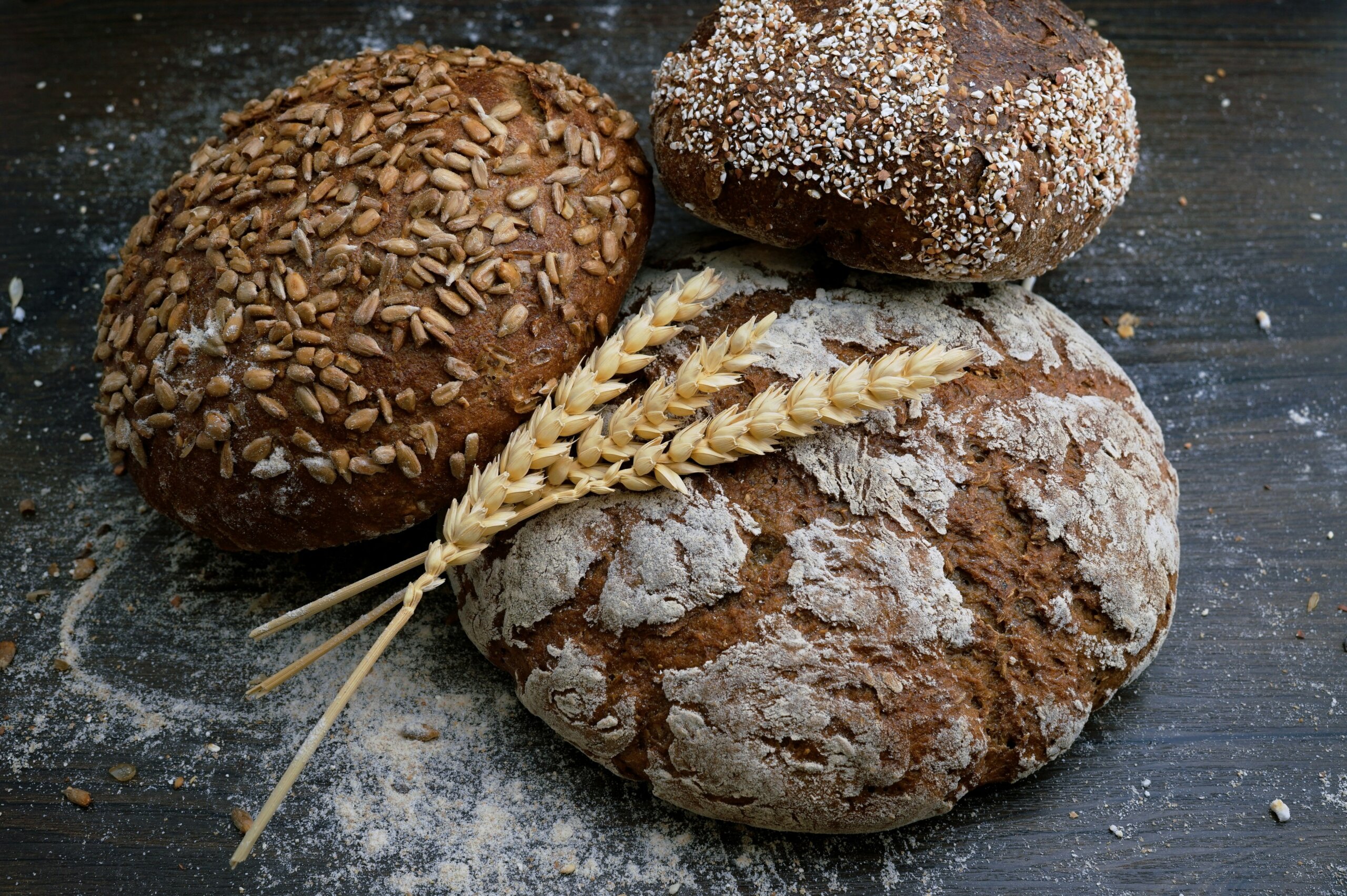Cassava Flour – Non-Allergenic (Gluten-Free, Grain-Free and Nut-Free)
Cassava Flour is gaining momentum as a “go-to” gluten-free, grain-free flour. Being a staple crop to millions of inhabitants in South America and parts of Asia and Africa, cassava flour is extracted from the whole root by peeling, drying and then ground. The process for the production of high-quality cassava flour requires the use of cleaned roots with the bark removed. Peel removal is optional. Roots are chipped and sun-dried on trays or artificially dried. The dried chips can then be reduced in size sufficiently to enable them to be used in standard wheat flour roller mills. Conversion rates can be obtained in excess of 90% this way, compared with 72% for wheat grains.
Cassava flour is gluten, grain and nut-free. It is a calorie-rich vegetable that contains plenty of carbohydrate and key vitamins and minerals. It has a very similar consistency, but it is lighter than all-purpose flour.
The Nature and Uses
Cassava flour is easy to use in recipes in place of traditional grain-based flours or even gluten-free flour blends. One of the best things about using cassava flour is its neutrality in terms of taste. It doesn’t have a dry, strong or unfamiliar taste or texture that often comes with using some gluten-free flours.
It is the most similar to wheat flour, it can be replaced on a 1:1 basis with wheat flour in many recipes, make cassava flour a preferred flour for gluten-free, grain-free baking and cooking.
Low In Calories, Fat and Sugar
Cassava has less than 120 calories for a quarter-cup serving, making it lower in calories than other gluten-free flours. Overall, it has a higher water content, lower fat content and lower calorie density than other flours, including corn, wheat, plantain, almond, coconut, rice and sorghum flour.
Cassava Flour vs. Tapioca Starch
While sometimes the terms cassava flour and tapioca flour are used interchangeably, there are in fact distinct differences. Cassava flour and tapioca flour (also sometimes called tapioca starch) are both made from the same plant — however, they’re from different parts of the plant. The cassava plant itself is brown with rough skin, while the inside is softer and a yellow-white color. Tapioca is the bleached and extracted starch of the cassava root, while cassava flour is more of a “whole food” made from the entire root. Extraction is usually not needed to make cassava flour since it’s naturally grown, peeled, dried and then milled.
Tapioca flour is typically used as a thickener because of its high starch content, while cassava flour contains the fiber from the root that makes it ideal for preparing more structured dishes.
Inexpensive, Sustainable and Easy to Grow
Cassava plants are highly intolerant to stressful environments and can be grown in regions of the world where fresh food is commonly scarce, which is why its considered a sustainable and important security crop for preventing famine.
Cassava plants are grown in over 90 countries worldwide and has been found to assimilate carbon at very high rates under high levels of humidity, withstand high temperatures and solar radiation, and survive in environments whether dry or humid.
Common Uses
Some of the ways you might want to use cassava flour include adding it to recipes for:
- Breads, cakes, fries, and noodles
- Cereal-Based Nonalcoholic Beverages
- Millet Based Fermented Beverages
- pizza crust or dough
- burgers
- sauces or gravy
- tempura batter
See more our Cassava Flour Market update and Product pages below. We would love you hear from you at sales@tradelinksa.com for more information! To ensure our products stand up to your requirements, we don’t take anything for granted. Each lot is inspected and analysed by a reputable third party laboratory to ensure the product matches or exceeds the specifications agreed to.
[su_posts id=”4790″ posts_per_page=”0″ post_type=”post” order=”desc”]
[su_posts id=”3076″ posts_per_page=”0″ post_type=”page” order=”desc”]



